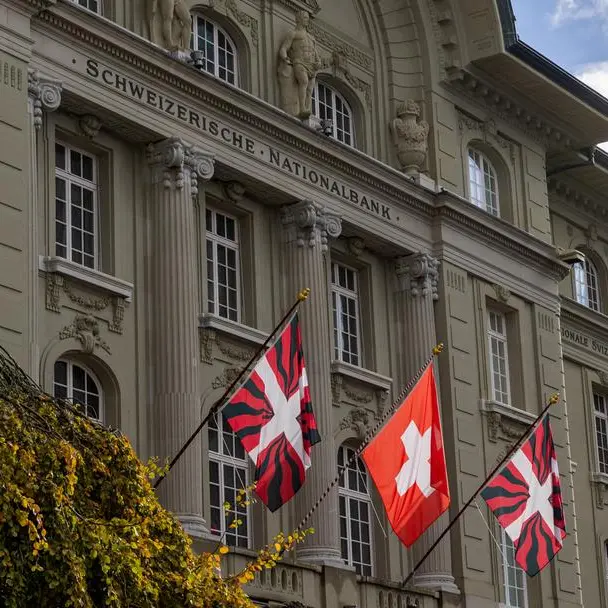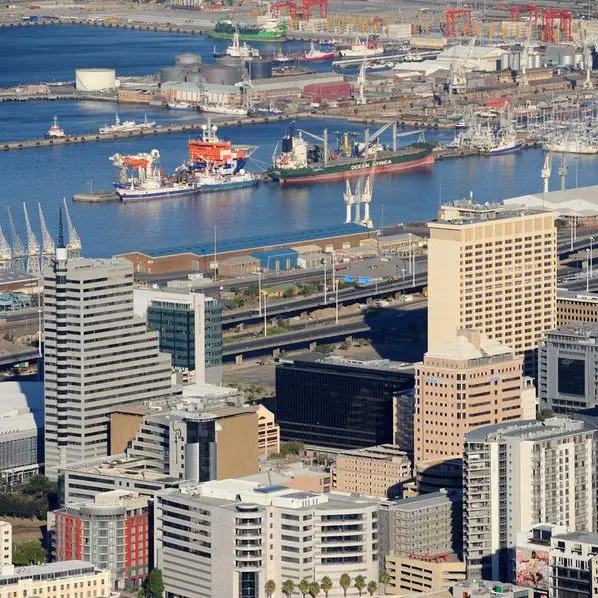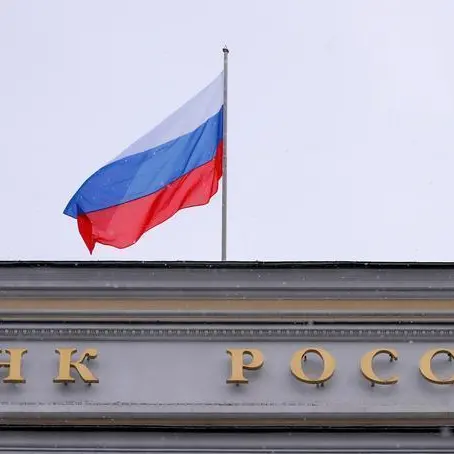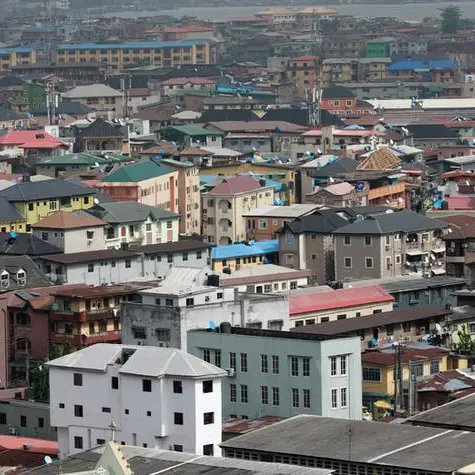PHOTO
Turkey and to a lesser extent Qatar are among banking systems in the emerging markets that could be exposed to scarce and more expensive liquidity as major central banks tighten monetary policies faster than initially expected, according to S&P Global Ratings.
Turkey and Qatar were among five emerging markets the global ratings agency considers to be potentially vulnerable to changes in global liquidity conditions.
The changes in global liquidity conditions will flow through a direct channel and an indirect channel, with Turkey and Qatar in the direct channel, it said.
The direct channel involves banking systems with significant external debt.
“Turkey and, to a lesser extent, Qatar are the two main banking systems exposed to this risk, in our view. The impact could come from lower rollover rates of external debt and a depletion of liquidity buffers,” S&P Global Ratings said.
In the indirect channel are Egypt, Indonesia and Tunisia, with banking systems exposed to other economic agents with significant external debt, such as the corporate sector in the case of Indonesia, or the sovereign (Tunisia (unrated), and, to a lesser extent, Egypt.
The Turkish banking system is highly vulnerable due to negative market sentiment, risk aversion due to declining but still high external debt, amounting to $143 billion as of March 31, S&P Global Ratings said.
Risks include refinancing risks due to normalisation of monetary policy by major central banks, very high local inflation and Russia-Ukraine conflict impacts.
In Qatar, there are concerns about the speed and extent of the buildup of external debt in the banking system. “However, a significant portion of non-resident deposits and amounts due to banks abroad in our view is relatively stable and has proven to be so through various episodes of stress.
“A significant portion of these funds is linked to longer-term investment interests in Qatar. Reportedly, they also include some deposits from Qatari companies abroad and also possibly from companies that the Qatar Investment Authority partly owns.”
S&P Global Ratings expects the growth in external debt to moderate over the next couple of years as several large infrastructure projects and preparations for World Cup 2022 are finalised and delivered.
The new central bank rules have increased reserve requirements for short-term non-resident deposits and the weight of non-resident deposits in the calculation of the liquidity coverage ratio and the net stable funding ratio. "This step change is clearly designed to deter banks from using external sources to grow their balance sheets further," the report noted.
External debt grew an average 18% from 2019 to 2021. This is expected to slow to around 5% over the next couple of years. "Finally, higher oil prices should result in stronger domestic deposit growth than we have seen over the past few years," the report said.
(Writing by Imogen Lillywhite; editing by Daniel Luiz)












